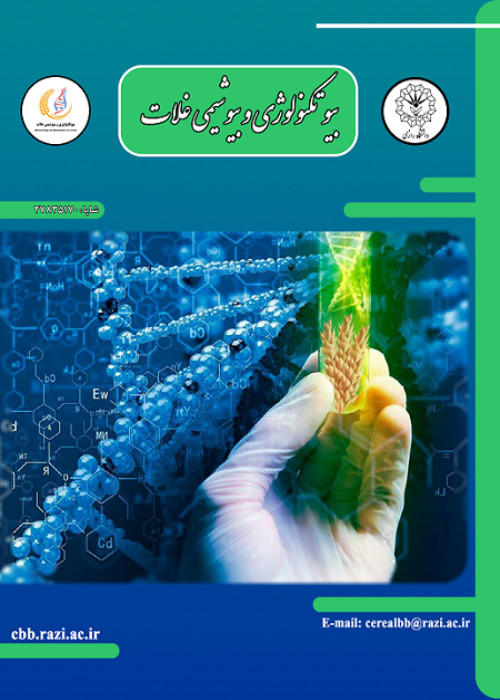Identification of Genes and inducible regulatory elements in response to heat and cold stresses in barley (Hordeum vulgare L.)
Barley (Hordeum vulgare), a member of the Poaceae family, is an important cereal grown in temperate climates worldwide. It was one of the first cultivated grains, especially in Eurasia 10,000 years ago. Globally, 70% of barley production is used for animal feed. This plant is reasonably tolerant of abiotic stresses. Environmental or abiotic stresses such as heat and cold can significantly affect crop production. Plants respond to these abiotic stresses by altering the expression of many genes involved in different biological and physiological processes.
The microarray data of two experiments were analyzed to identify responsive genes related to cold and heat stresses in barley (Hordeum vulgare L.). This research was analyzed and investigated using the raw data in the ArrayExpress database, which is related to two separate experiments in heat and cold stress in 2 and 3 replications, respectively, in the barley plant. The desired analysis was performed using FlexArray software, and the differential genes present in the stresses were identified. The examined genes were normalized using the Robust Multiarray Average (RMA) method, and the genes with a P-value equal to and less than 5% were selected, and the fold change of genes above two was also selected. Gene ontology analysis was done using the AgriGo website, and their functional groups were categorized into three parts: biological processes, cellular components and molecular function. The sequence of 1500 nucleotides upstream of the effective genes in response to heat and cold stress was extracted from the Ensembl Plants site. Regulatory elements of effective functional genes in response to heat and cold stresses were identified and presented using the PlantCare site.
The results demonstrated that 338 and 291 genes were differentially expressed in response to cold and heat stresses, respectively. The gene ontology analysis revealed that differential expressed genes (DEG) were mainly involved in cellular compounds, biological processes, and different molecular functions. Transcription regulator activity has a critical role in the regulation of genes against stresses. Moreover, 1500 bp upstream of the DEGs were identified to find the most represented regulatory elements.
Consequently, light and hormonal-related cis-regulatory elements, especially those related to methyl jasmonate, play an important role in controlling the gene expression against the studied abiotic stresses. This high-throughput comparative analysis provided insight into genes and cis-regulatory elements involved in response to heat and cold stresses in barley.
- حق عضویت دریافتی صرف حمایت از نشریات عضو و نگهداری، تکمیل و توسعه مگیران میشود.
- پرداخت حق اشتراک و دانلود مقالات اجازه بازنشر آن در سایر رسانههای چاپی و دیجیتال را به کاربر نمیدهد.


